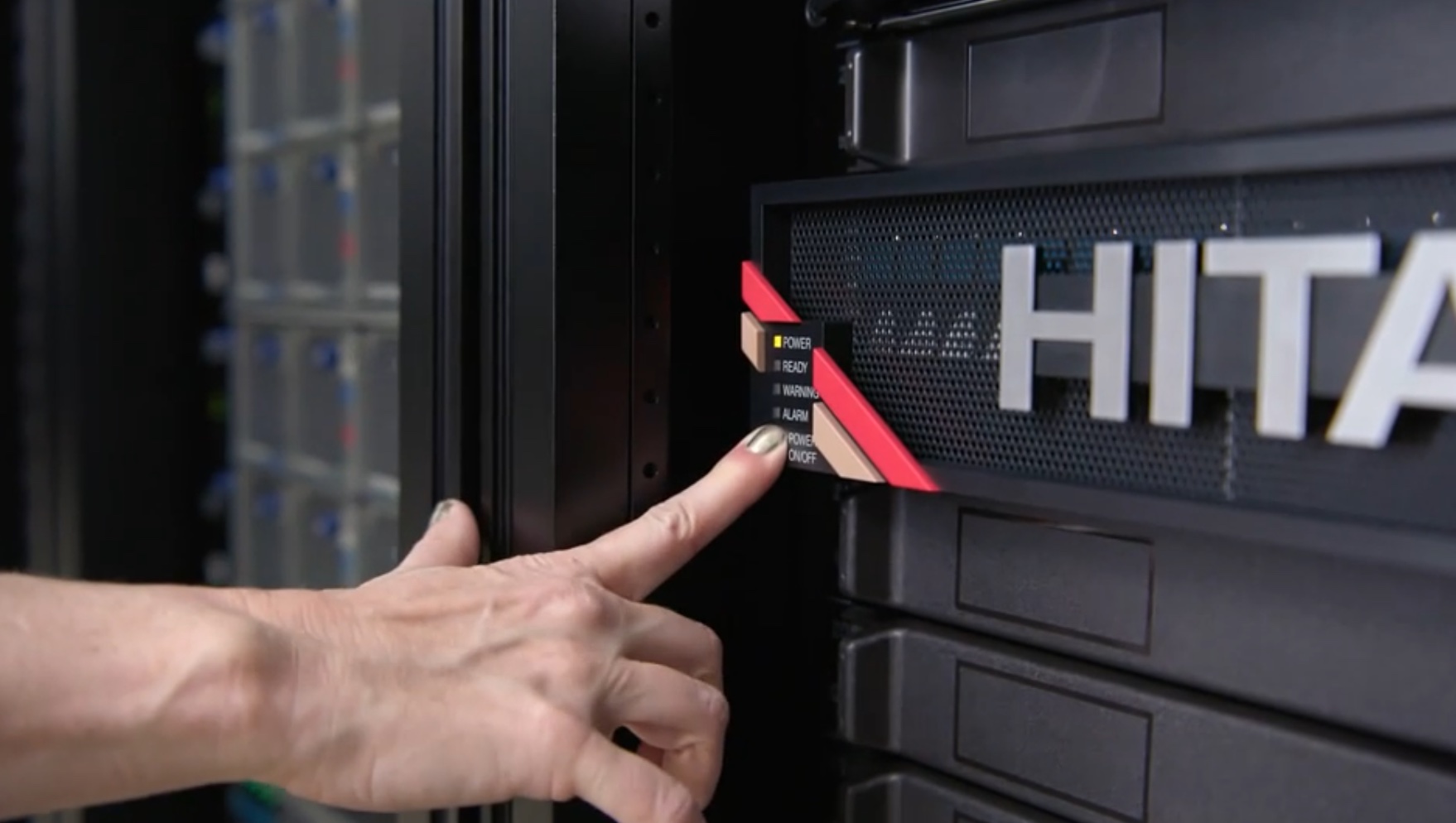OK, I think it was cars the UK government were offering the discount on, not storage arrays. It goes like this; the government has set aside £300m – you trade in a car over 10 years old and get £2000 off the cost of a new one, half funded by the government. Apart from the obvious options to abuse this kind of system (buy yourself a banger for less than £2000 and into the dealership showroom you go) it’s the implication that we should be artifically propping up an industry to consume more when what we have works perfectly well.
This touches on a subject Martin (StorageBod) raised this week relating to extending the maintenance/replacement cycle on storage arrays (link here). Last year I had a discussion with a major client who was considering moving to 5-year from 3-year hardware replacement cycles. At the time I thought this seemed a bit far (I’d suggested going to 4 years) but the current climate makes that seem too short. So, to Martin’s question, what are the issues with retaining hardware for longer? The obvious ones are:
- Vendor Support (1) – this will become limited and eventually “best efforts” followed finally by no support, but as Martin points out, there are plenty of 3rd party maintenance providers prepared to support hardware for you.
- Vendor Support (2) – there will be a point at which new features are only integrated into the current product generation. In effect you’re forced to upgrade to make use of new features. What if you don’t need/want them? Then there’s no need to upgrade. In addition, consider that at some point there will be a reduction in the bug-fix support provided from vendors on certain hardware, but that could be a long time in the future.
- Maintenance – again 3rd party providers can support hardware rather than the vendor themselves.
- Compatibility – Vendors maintain very large compatibility matrices today, listing effectively which products have been tested with which (rather than which will *work* with which). At some point, older, non-current devices will be dropped from testing and may not be supported with latest fabric, HBA and O/S hardware. However this issue can be mitigated; virtualise the array behind an SVC or USP, for instance, or simply ask the vendor to test your configuration for support.
So it seems at the outset that supporting old technology isn’t that much of an issue, however let’s turn the clock back 7 years and see what we would have been using then. I’ll use EMC as an example; 7 years ago we’d have been buying Symmetrix 5.5 technology, so 8830 arrays. They would have offered 36GB and 73GB drives and perhaps 181GB (I’m not sure of the exact date they were released). Drives now offer around 10x that capacity per device. Up to 96 front-end ports were available, which is comparable with today, although they were probably 1/2Gbps, rather than today’s 4Gbps. Arrays were limited to 384 drives – DMX/V-Max today supports up to 2400 drives – a six fold increase.
Software wise – no SRDF/A, no Virtual Provisioning, no snapshots, no ECC, no RAID-5, no RAID-6. I haven’t even touched on performance and no doubt I’ve missed a plethora of other features that our EMC paid-for bloggers will correct me on.
I guess the conclusion I’m arriving at is that storage array technology is not like driving a car. Motoring has had only incremental increases in performance in the last 7 years, whereas storage array technology has seen capacity and performances that have increased nearly 10-fold. This has also been accompanied by incredible growth in data volumes which have driven this increase in performance of the technology.
I think storage hardware tends to get replaced on the basis of other factors (including attractive financial terms) that include features and functionality, space/power/cooling in datacentres and reduction in management (think of the effort involved in maintaining 20-30 arrays rather than two or three). However, in these lean times, it makes sense to stretch refresh cycles where possible.
Now, imagine we had seen a 10x improvement in our cars. We’d all be driving at 700mph and getting 300mpg at the same time!




